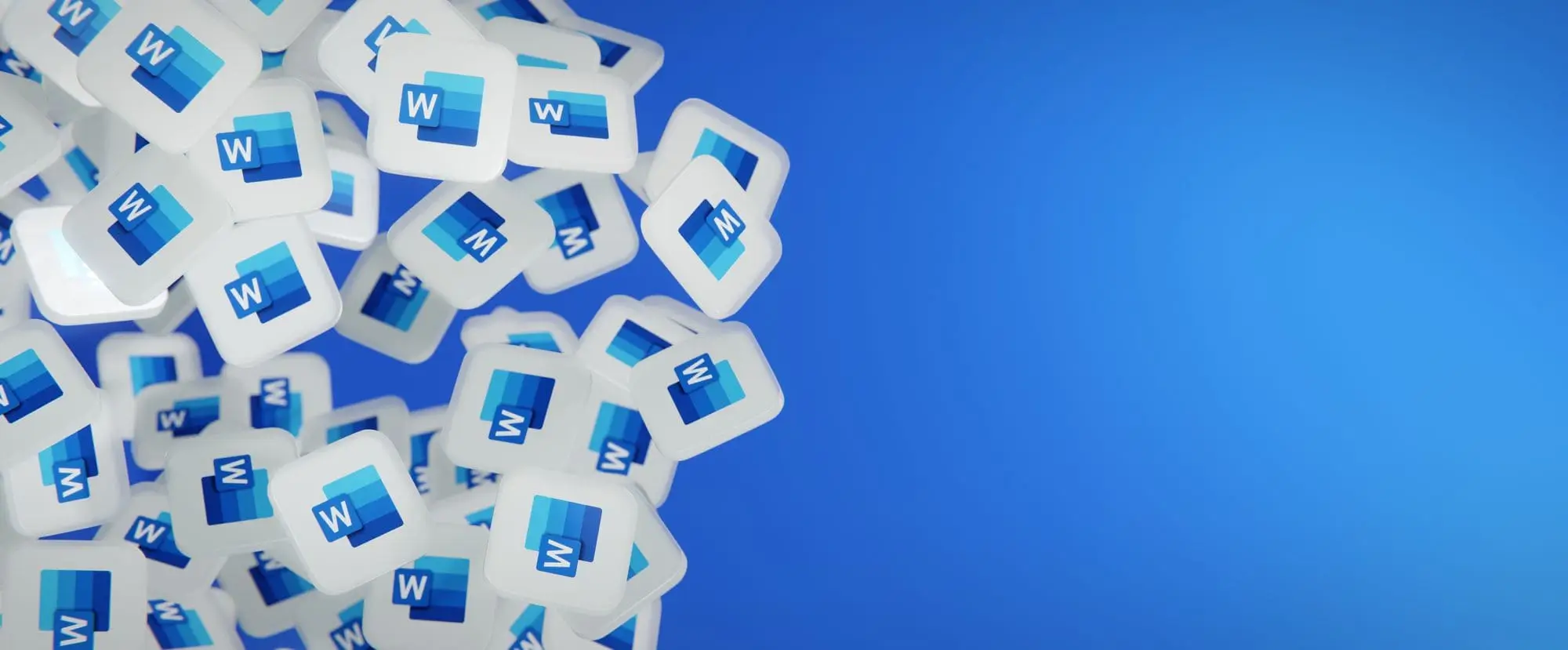There are many different elements that make up the Word program screen.
Review the labeled items in the images below, then refer to the tables to see what everything does.
| A |
Title Bar: Displays the name of the current file. |
C |
AutoSave Switch: If the current document is saved to a cloud storage location, like OneDrive or SharePoint, you can toggle whether changes are automatically saved. |
| B |
Quick Access Toolbar: Contains common commands such as Save and Undo. It can be customized to include many common commands. |
D |
Display Options: This is where you can change how much of the ribbon is displayed; minimize, maximize or restore the Word window; or close Word altogether. |

| E |
Ribbon: This is where you'll find all the options you need to make a stellar document. The options are grouped into tabs. |
I |
Rulers: When the rulers are turned on, they appear at the top and the left of the document. |
| F |
Tell Me Search Box: Allows you to search for commands by typing out keywords. |
J |
Scroll Bars: Use the scroll bars to move up and down or left and right in a document. |
| G |
Microsoft Account User Info: When you're logged in with your Microsoft account, your name appears here. |
K |
Status Bar and Views: Shows summary information like the number of pages and words in the document. Next to it are the buttons to change the document view. |
| H |
Document Window: This is where you see your document, where you edit and format the text. |
L |
Zoom Slider: Use the zoom slider to change how big the document appears. |




